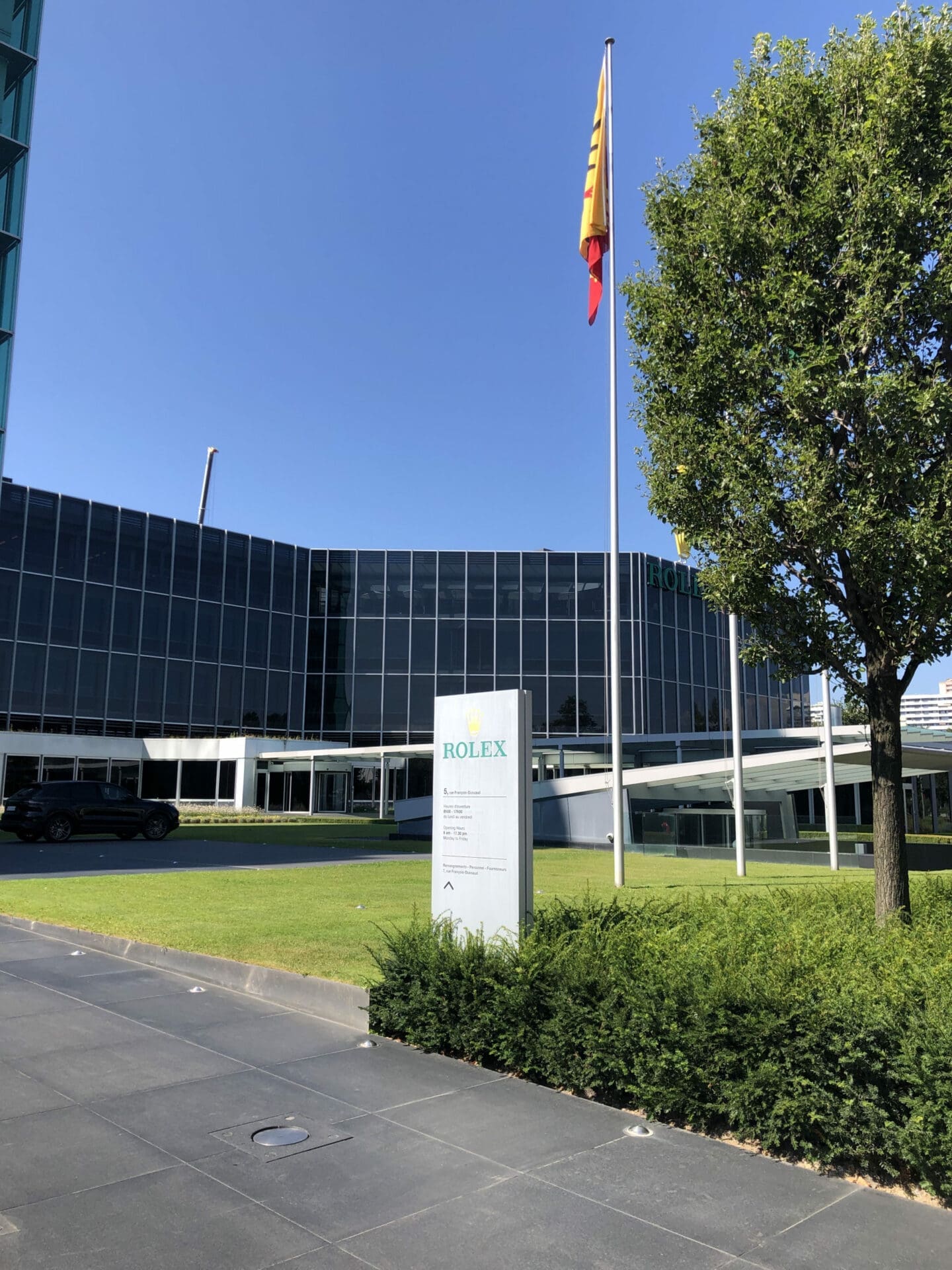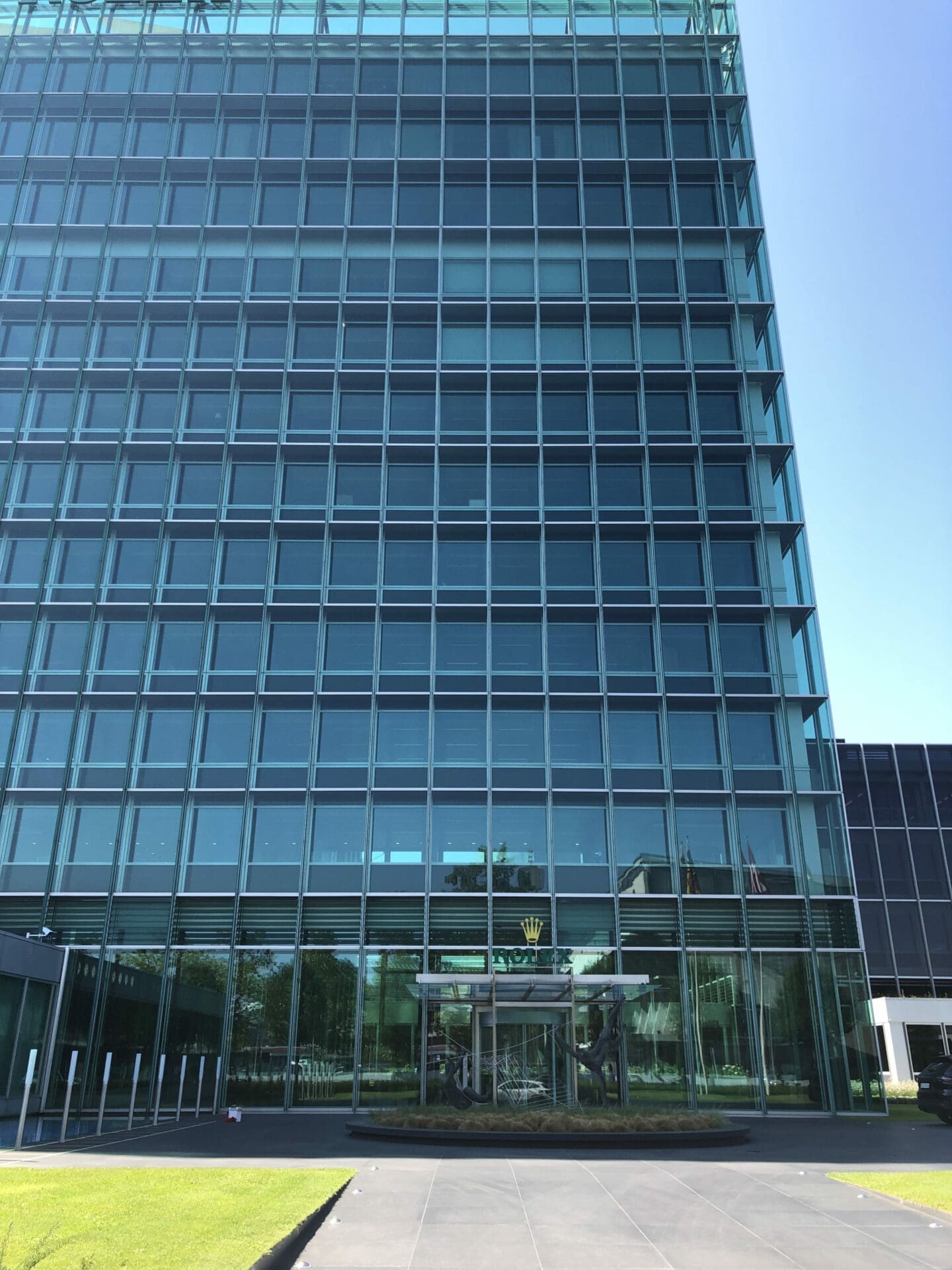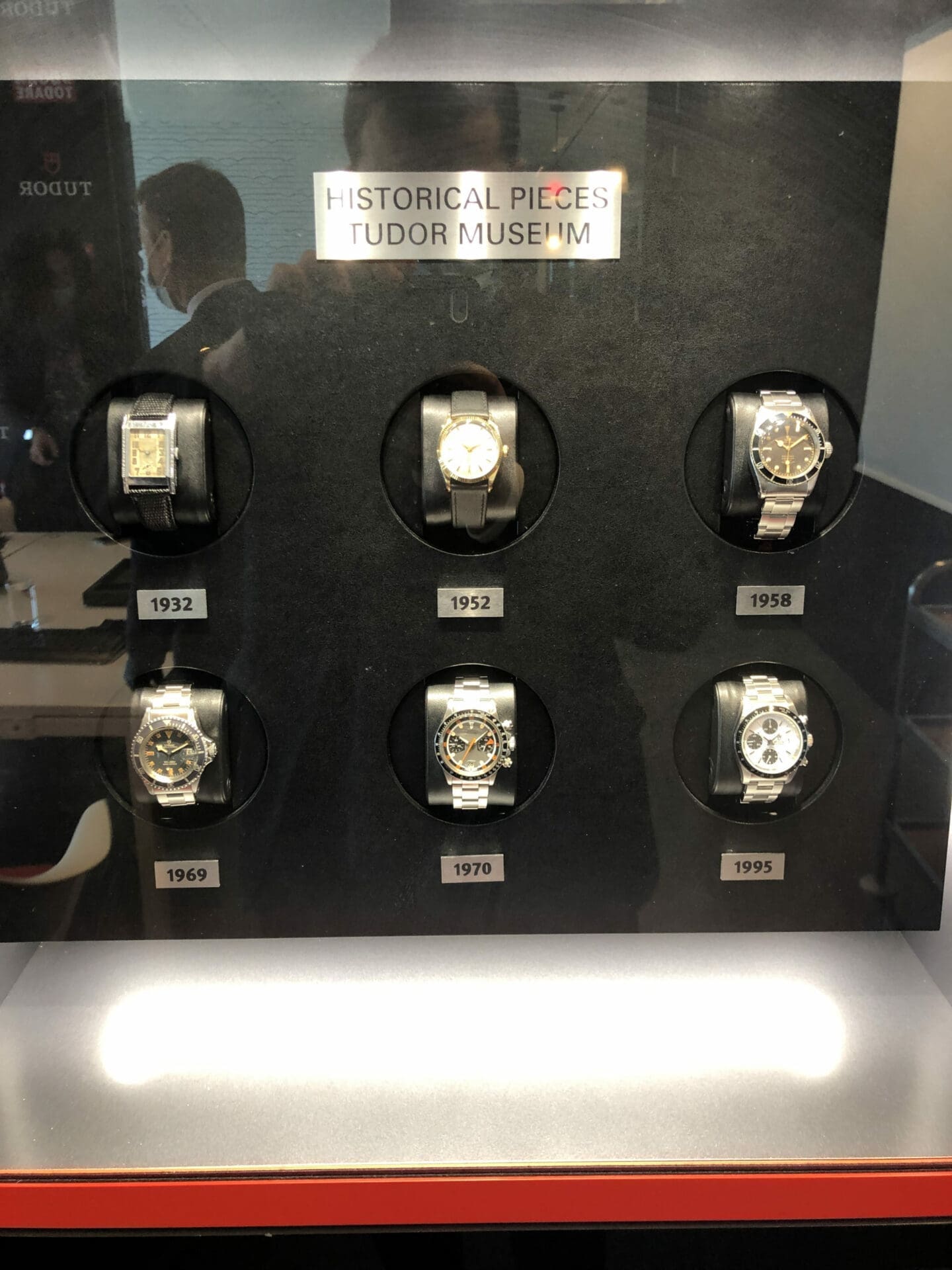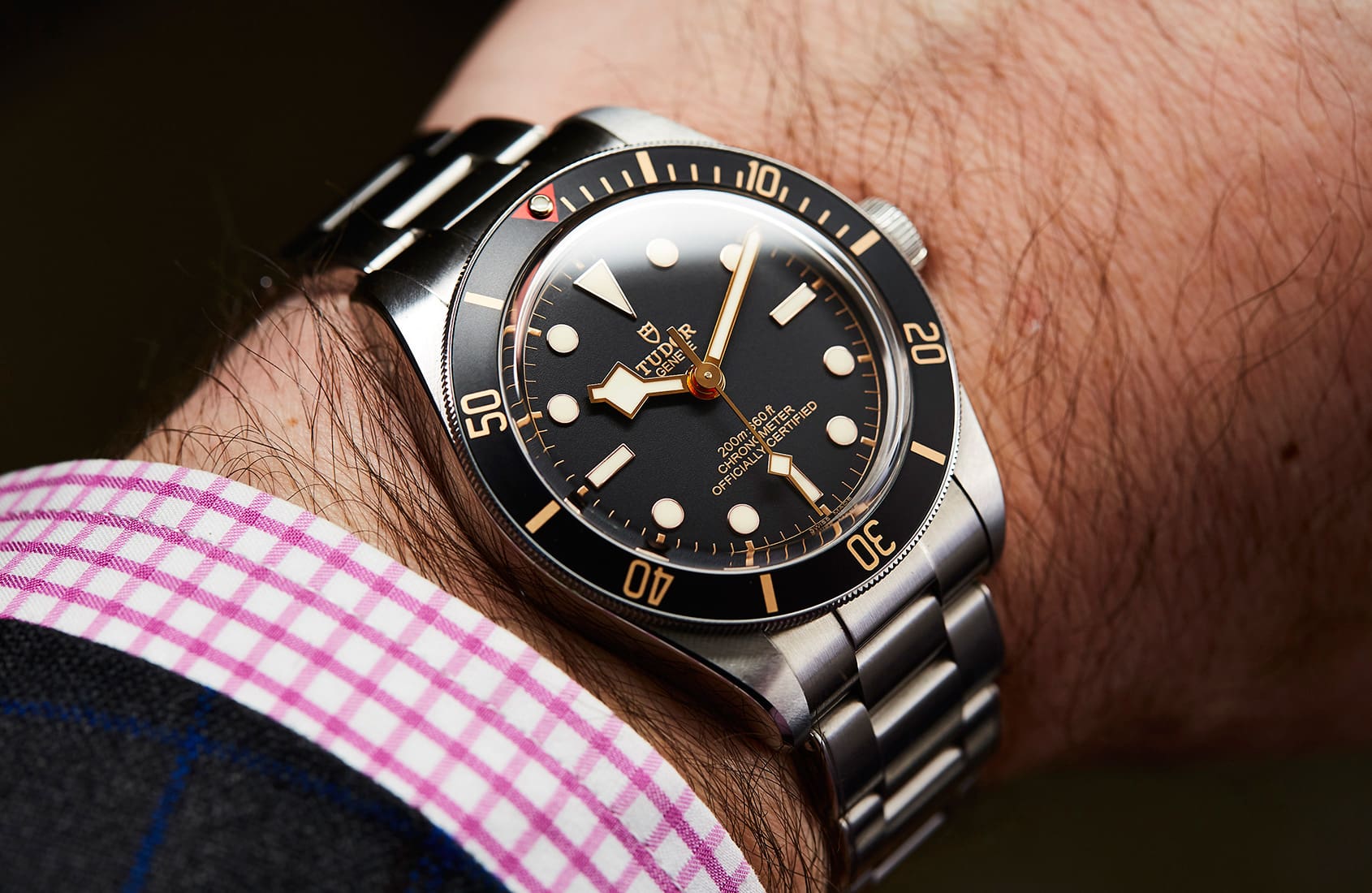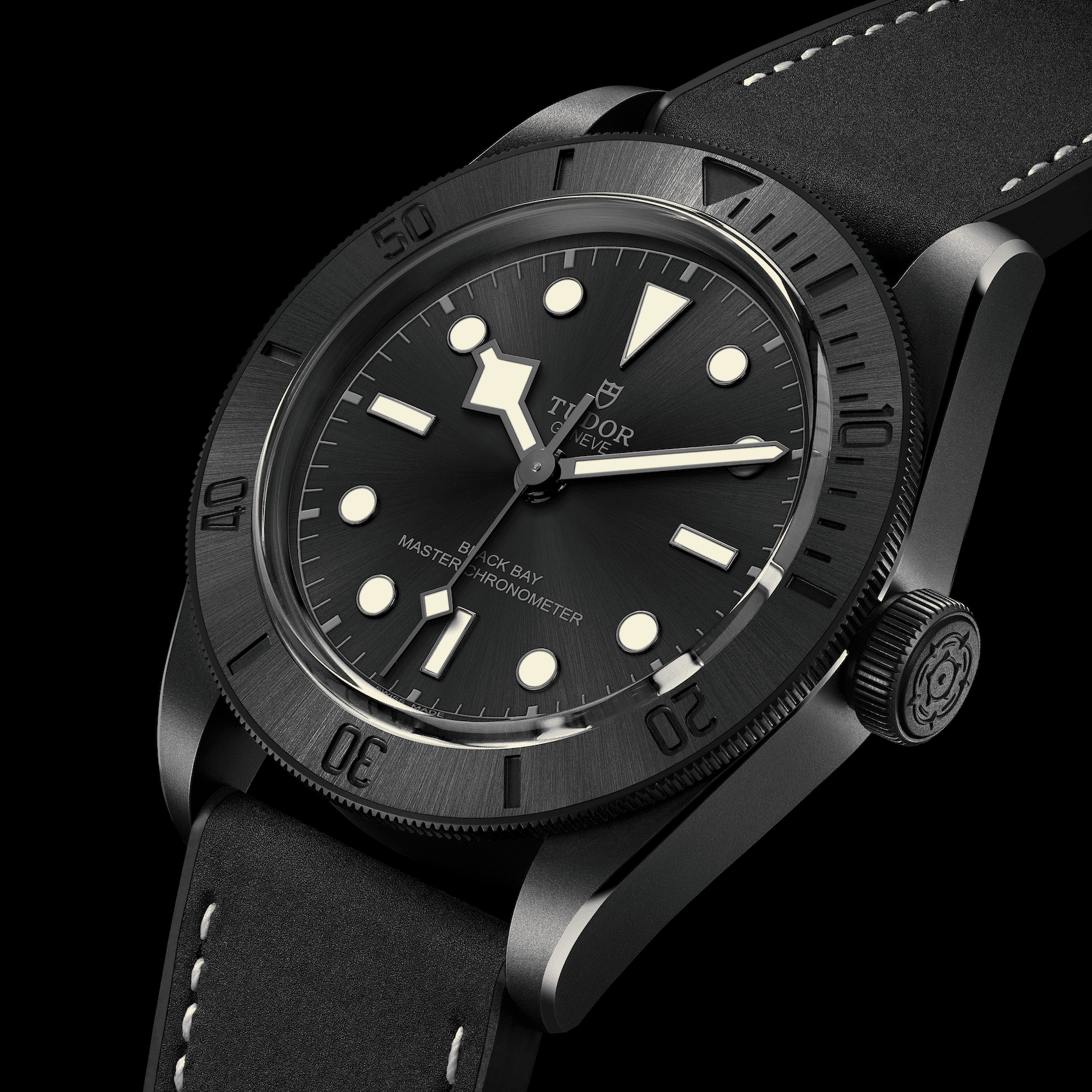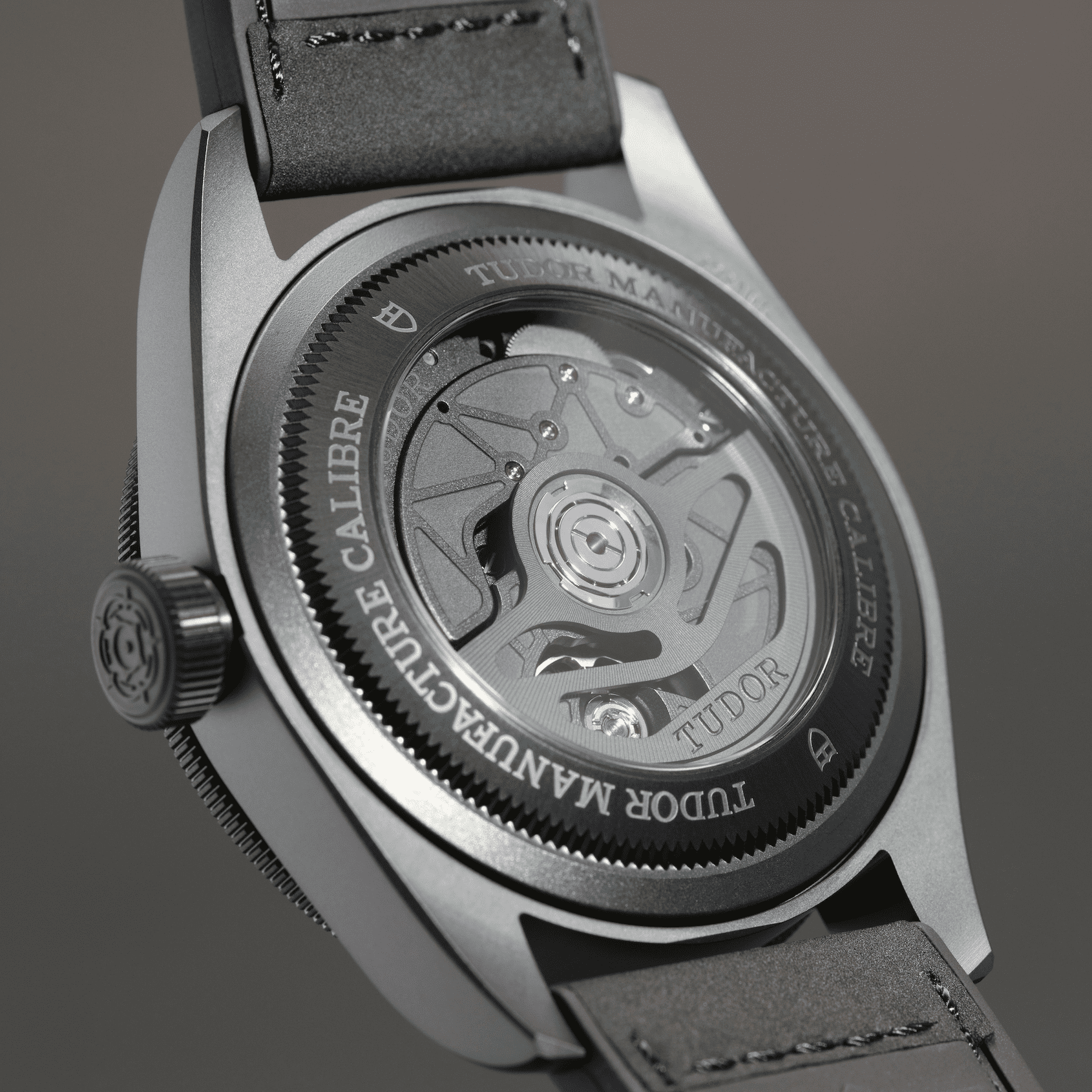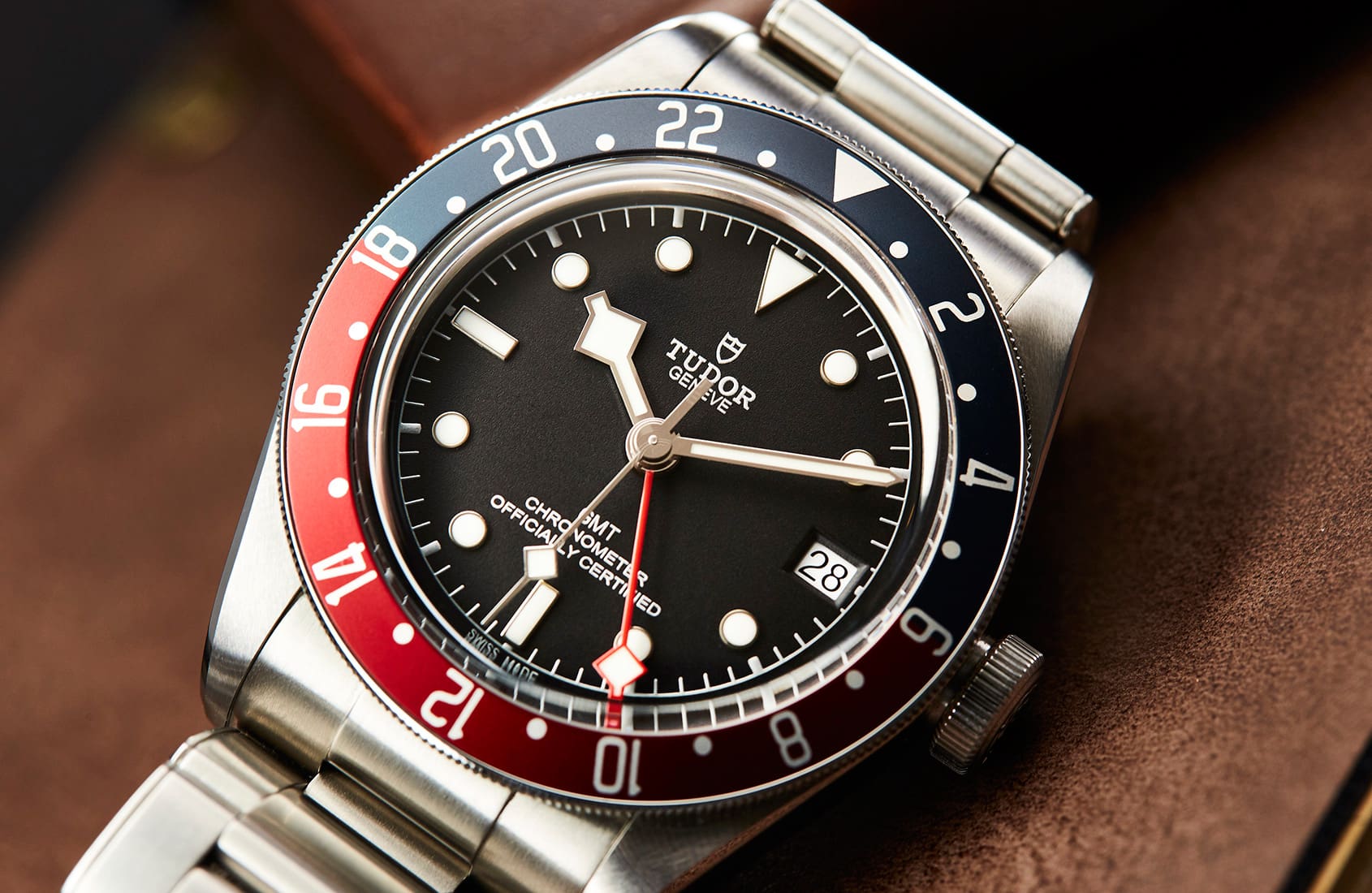Dreams really do come true: My visit to the Tudor Manufacture in Geneva
Zach BlassHaving joined the Time+Tide team during the pandemic, the tantalising prospect of travelling to watch events and industry launches was for a long time taken off the table. Instead I was bound to my chair, where I would sit writing each day for hours until I became worried that my skin would actually graft onto it. Sure, I felt some benefits of being on the inside lane, having press releases sent to me before new releases and doing the odd Zoom interview with industry movers and shakers. But my dream was always to go to Switzerland and visit some of the brand headquarters and watch fairs in person. Fortunately my time finally came a few weeks ago when I travelled to Geneva Watch Days. That was an amazing experience in itself, but a major additional highlight of my trip was being one of the first journalists outside of Switzerland to visit the Tudor Manufacture in Geneva.
My grandfather was one of the first sports agents here in the USA and so, at various points in my life, I had the good fortune of meeting some of his NBA clients. I remember when I met some of these individuals as a child, I would have to hold my neck as far back as I could to meet their gaze – straining to look up at their faces due to them being near seven feet in height. That sensation was akin to how I had felt looking at the Rolex/Tudor building. It is absolutely massive, like an Avengers facility built by Tony Stark. It further cemented the giddy feeling of childlike wonder that I had, like those moments when I met some of my basketball heroes. I mean I was effectively staring at the Buckingham Palace of watchmaking, where the Crown pumps out the highly sought after products that buyers have chased throughout the past, present, and for the foreseeable future as well.
Inside everything was state of the art, but nothing overwhelmingly ostentatious – it had that air of quiet professionalism the Wilsdorf brands exude. Floor to ceiling glass windows let ample natural light into the building, a must-have for the morale and performance of the watchmakers. After badging through the entrance we were guided to the Tudor Conference Room, passing by marketing and communications personnel. I was glad to see the work of Atom Moore gracing the walls, photo-collage works only a super photographer and watch enthusiast could create. One blended a vintage Black Bay with a modern version for an interesting side by side comparison, the other featured a Black Bay diver where bezel pips ran around the circumference of the watch creating a sort of dartboard effect (my personal interpretation: that Tudor never misses with its Black Bay novelties).
View this post on Instagram
In the conference room, the history of the brand graced the shelves. The marine nationale kits that inspire the modern day fabric straps, vintage Tudor divers I would love to have in my own collection, Lady Gaga’s pink Super Bowl helmet, and many more trinkets from their various ambassadors and their rich historical archive. It was like a mini-museum, and it felt very strategically placed in that this conference room is clearly a point of internal and external discussion about the brand’s direction. By having these objects present, it was a reminder of the heritage to be maintained as well as the “born to dare” mentality of today. After chatting for a bit, I was so happy to have a chance to get hands-on with some of the newer releases once again. But the real awe-striking moment was getting to carefully interact with the piece unique Tudor Black Bay GMT One for this year’s OnlyWatch auction – one of the many privileges of being able to visit Tudor in-person.
The next stop was the movement assembly floor, but we first had to follow procedure and carefully suit up before entering the assembly space. First we each had to step on this 3M sticky pad to remove any unwanted dust and debris from our shoe soles, agents of chaos if they found their way into the assembly room. We then put our white watchmakers’ coats on, followed by carefully wrapping our shoes in little booties. It was a bit of a dance, as the bench where you put these booties on served as a boundary where anything past it had to be lab-clean. I put one cover over my left shoe before placing it on the other side, then, straddled like a cowboy on the widest horse, cautiously placed the cover over my right shoe without the bootie hitting the ground until it was secured.
When I had applied for the Patek Philippe watchmaking school years back, I got a sense of what a watchmaking facility looked like. But walking into the floor where a mass of watchmakers took their places each day on various islands (as the factory refers to the sections of watchmakers) was a very different environment. I mean it was vast, but the real takeaway for me in this regard was how, even in this larger mass manufacturing space, the industrious aura is more human than you might imagine. While processes are optimized and streamlined for the utmost efficiency, understand that human craftsmanship and skill are still a large driving force of the final product on your wrist. As an example, I watched one watchmaker proceed to assemble manufacture calibers in sequence. She was assembling 10 of the same caliber at once – a carousel with 10 slots would rotate as each part was added to a mainplate/bridge, so the same component would be added to 10 different calibers before moving onto the next lap with the next component in sequence. It was a clear marriage of human and machine, the machines working to aid the human element of watchmaking rather than the other way around.
The main purpose of our visit was actually to see how the METAS master chronometer certification worked, and I was astounded at the lengths Tudor has to go to award their watches with such a certification. Prior to testing, the watch must pass the following criteria: Swiss Made, Certification by the Swiss Official Chronometer Testing Institute (COSC). Then the watch must display precision at two temperatures, in six different positions and at two different levels of power reserve (100% and 33%), smooth functioning when exposed to a magnetic field of 15,000 gauss and precision following exposure, 200m water-resistance (660 ft) in accordance with ISO standard 22810:2010, a 70-hour power reserve, and regulated performance within a 5-second range of variation each day (0 +5).
Tudor had to build out an entire section of the floor to create a separate space where the water/pressure, timing, and anti-magnetism testing could be preformed to the METAS standard, with the majority of the space inaccessible to even Tudor in order to maintain the principles of independent testing. Only select METAS officials have a key to the space, and at various points they visit the manufacture to test their own samples of the watches to ensure they are meeting the necessary criteria.
Overall I really felt like I’d won the golden ticket to Willy Wonka’s chocolate factory, a wide-eyed Charlie amazed with all the horological wonders throughout. It was my last appointment during my time in Geneva, so I really ended my journey with a bang and it really drove home the fact that Zach the enthusiast is a full-blown watch journalist now. Despite being part of the team for over a year now with hundreds of articles under my belt, it was moments like this where I understood my journey in this industry was really just getting started.




